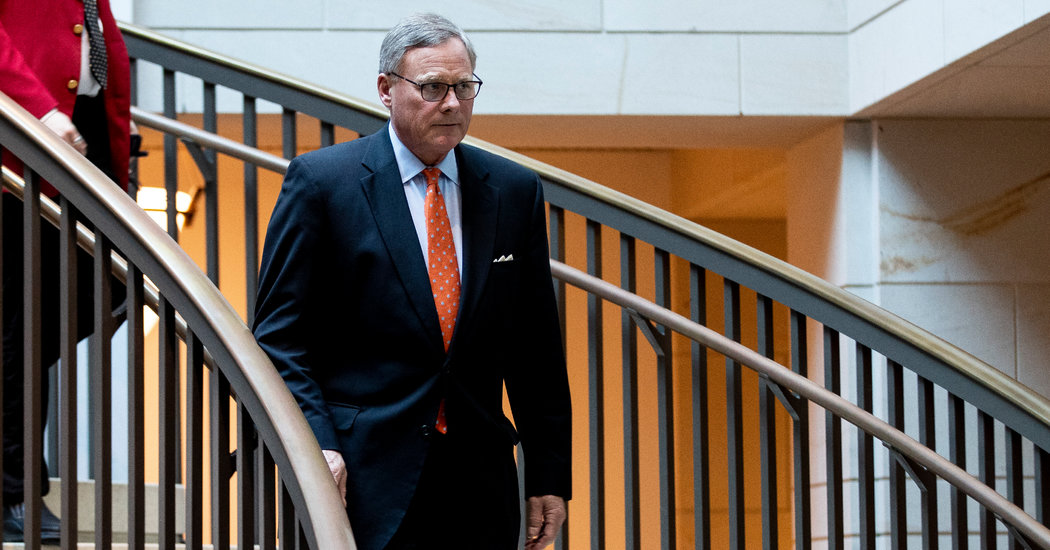[ad_1]
“In all the interviews of those who drafted and prepared the I.C.A., the committee heard consistently that analysts were under no politically motivated pressure to reach specific conclusions,” the report said. “All analysts expressed that they were free to debate, object to content and assess confidence levels, as is normal and proper for the analytic process.”
The committee found that the differing confidence levels among the intelligence agencies were “justified and properly represented.” The report said that both John O. Brennan, then the director of the C.I.A., and Adm. Michael S. Rogers, then the director of the National Security Agency, both “independently expressed to the committee that they reached the final wording openly and with sufficient exchanges of views.”
The Senate report also examined the inclusion of material from a notorious dossier showing purported ties between the Trump campaign and Russia. Though elements of the dossier were included in an annex to the intelligence assessment, it “was not used in the body of the I.C.A. or to support any of its analytic judgments,” the senators found.
The dossier was compiled by Christopher Steele, a former British intelligence officer whom the F.B.I. referred to by the code name “Crown,” according to the report. The Steele document included unverified and salacious accusations about Mr. Trump and has become a focus of Mr. Trump’s allies, who have sought to conflate it with the much broader investigation into Russia’s election interference.
The Senate report also stood in contrast to the conclusions in 2018 of the House Intelligence Committee, then under Republican control, which took issue in its own report on Russian election interference with intelligence officials’ conclusion that Mr. Putin tried to harm Hillary Clinton and help Mr. Trump. The House committee cited breakdowns in “proper analytic tradecraft,” but many House Republicans who were involved later disavowed that conclusion.
Earlier volumes released by the Senate committee chronicled Russia’s active measures campaign to interfere in the 2016 election and outlined potential policy measures to blunt future attacks on election infrastructure, examined the use of social media to sow political divisions in the United States and critiqued the response by the Obama administration and Congress to Russia’s attacks in the run-up to the last presidential election.
The committee is expected to release a final bipartisan volume in the coming months evaluating possible coordination between the Trump campaign and Russia. A draft, already approved by the committee, runs over 900 pages but has yet to be submitted for classification review by intelligence agencies, a process that could take weeks or months.


















